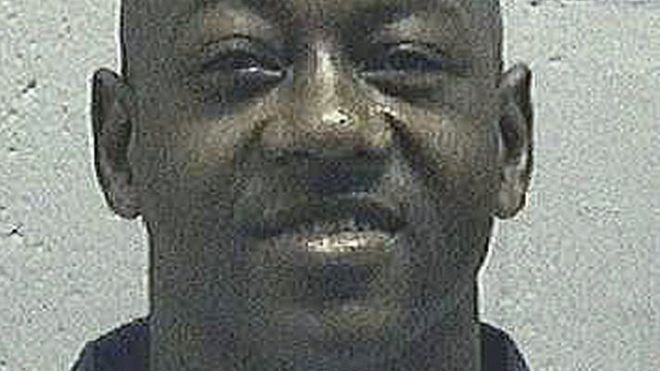By Samuel Miller
Impunity Watch Desk Reporter, North America and Oceania
WASHINGTON, D.C., United States of America — The United States Supreme Court is determining whether racism played a role when an all-white jury put a black teenager on death row for killing a white woman. The Supreme Court appeared troubled Monday by the actions of a Georgia prosecutor in disqualifying all the black prospective jurors from the death penalty trial of a black teenager who was accused of killing an elderly white woman.

At issue: the conviction of a 19 year old African American man, sentenced to death in Georgia, by an all-white jury.
Jury selection boils down to how prosecution and defense lawyers use peremptory strikes. These are the set number of prospective jurors who can be eliminated by each side without any stated reason.
In 1986, in Batson v. Kentucky, the Supreme Court made an exception to the centuries-old rule that peremptory challenges are completely discretionary. It ruled that race discrimination in jury selection was unconstitutional and required lawyers accused of it to provide a nondiscriminatory explanation.
But Monday’s case, Foster v. Chatman, appears poised to be an exception.
The original jury pool for Timothy Foster’s 1987 murder trial in Rome, Ga., included 10 blacks among 95 potential jurors. After more than half the pool was excused for specific reasons, each side was allowed to make a set number of additional strikes, as long as it wasn’t because of race or gender. On a sheet during the selection process, prosecutors listed the five remaining black prospects on top labeled definite NO’s.
On objection, the defense cried foul, but the trial judge and every appellate court after that accepted the prosecution’s alternative nonracial reasons. The courts continued to accept these nonracial justifications even after the defense in 2006 obtained the prosecutor’s jury selection notes.
During the selection process, prosecutors highlighted their names, circled the word ‘black’ on their questionnaires and added handy notations. Prosecutors also rated the black jurors against each other in case the prosecution had to accept one black juror.
Georgia courts have consistently rejected Foster’s claims of discrimination, even after his lawyers obtained the prosecution’s notes that revealed prosecutors’ focus on the black people in the jury pool.
The Foster case could give the court the chance to add teeth to its standards. Justice Anthony Kennedy suggested the court could clarify what trial judges should do when prosecutors offer “a laundry list of reasons for striking the black juror, and some of those are reasonable and some are implausible.”
Justice Stephen Breyer also added his commentary in questioning the rationale, saying “I think any reasonable person looking at this would say no, his reason was a purpose to discriminate on the basis of race.”
If the justices find that Foster’s constitutional rights were violated and instruct that he be given a new trial, the ruling could impact the way prosecutors, defense attorneys and trial judges handle jury selection in the future.
Furthermore, because Foster received a death sentence, the decision could fuel concerns previously voiced by two justices that the death penalty itself may be unconstitutional.
For more information, please see:
Al-Jazeera America — Supreme Court takes up racial bias in jury selection case – 2 November 2015
BBC News — US Supreme Court hears white jury case – 2 November 2015
CBS News – Supreme Court seems troubled by prosecutor’s rejection of black jurors – 2 November 2015
NPR — Supreme Court Weighs 1987 Conviction By All-White Jury – 2 November 2015
USA Today — Supreme Court takes up racial discrimination in jury selection – 2 November 2015


